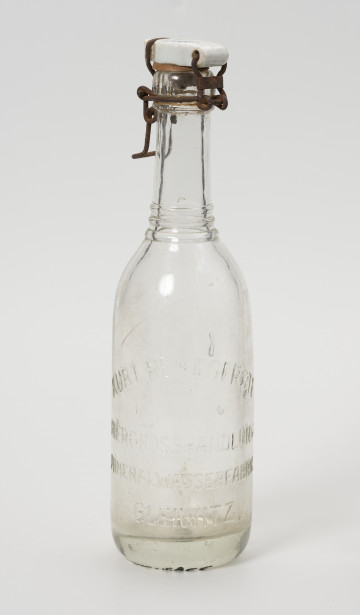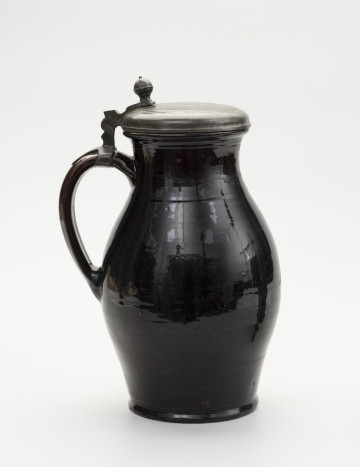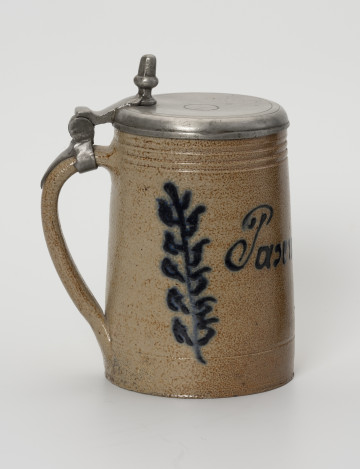
0.35 litre bottle with a swing-top closure
1900 — 1945
National Museum in Szczecin
Part of the collection: Household
A siphon is a thick-walled bottle for carbonated drinks – most commonly water saturated with carbon dioxide, also known as soda water. It was invented in France in the 1820s, and a version similar to the modern one was invented in 1837 by Antoine Perpigua. The characteristic feature of a siphon is a closing mechanism, which, when opened, uses the pressure of the gas inside to push the liquid out, while maintaining the level of carbonation in the remaining water. Once emptied, the siphon required refilling, which was done at specialised points by trained personnel. Soda water in exchangeable glass siphons, such as the object described here, was extremely popular from the 1950s to the 1970s. In the following decade, metal siphons with replaceable cartridges appeared, which – although not as widely used – are still in use today. Iwona Karwowska
Author / creator
Object type
siphon (bottle)
Technique
extrusion, assembling, manufacturing
Material
glass, synthetic material
Origin / acquisition method
donation
Creation time / dating
Creation / finding place
Owner
The National Museum in Szczecin
Identification number
Location / status

1900 — 1945
National Museum in Szczecin

1850 — 1900
National Museum in Szczecin

1840 — 1860
National Museum in Szczecin
DISCOVER this TOPIC
National Museum in Szczecin
DISCOVER this PATH
Educational path